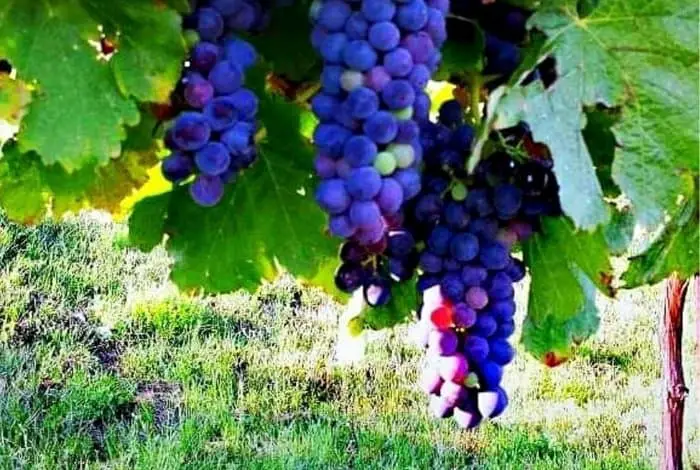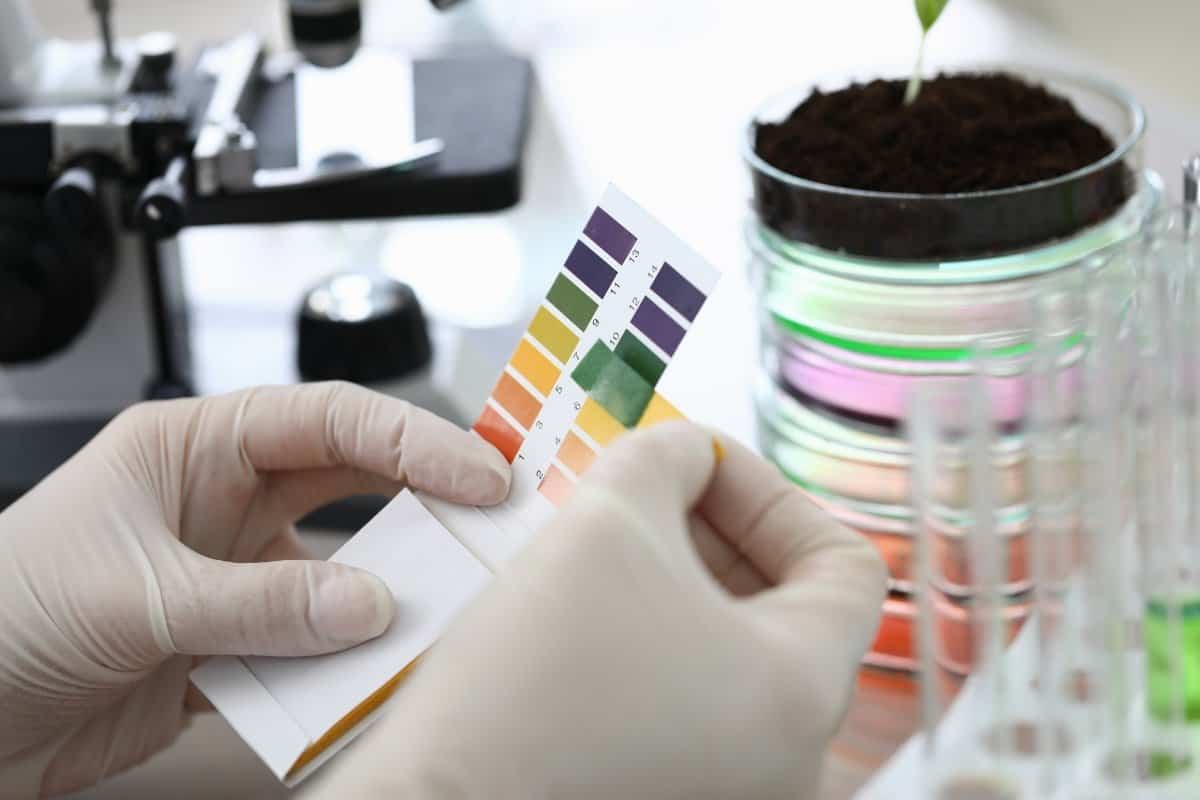Last Updated on December 28, 2021 by
For soil, a lesser pH range means an acidic soil, and a high pH range means an alkaline soil. Some plants only survive on acidic soil. They just won’t thrive with too high pH. Therefore, your concern might be how to add acid to your soil.
We will be enlightening you on why you need acidic soil and how to add acid to the soil. So read on to find out.
Plants That Needs to Grow in Acidic Soil
Here are some examples of plants that need to grow in acidic soil:
- Flowering plants: hydrangea, camellias, wood anemone, azaleas, rhododendrons, etc.
- Vegetables: examples of vegetables with acid-loving plants are cucumbers, sweet corn, broccoli, and onions.
- Trees: examples are beech, dogwood, oak, and evergreen trees.
- Fruits: blueberries, cranberries, and huckleberries are all acid-loving plants fruits.

Even though most of the popular plants are acid-loving soil, however, let’s take a look at the reasons why you need acidic soil.
Reasons Why You Need an Acidic Soil
It is clear that some soil needs to be acidic for some plants to flourish. The major reasons why you might want an acidic soil are basically for two reasons:
- Plants that thrive in acidic soil: one reason why you need an acidic soil is that some plants only thrive in acidic soil.
- Too much alkaline in soil: the other reason is that there might be too much alkalinity in the soil and you might need to correct and balance the soil pH by adding acid to the soil.
Procedure on How to Add Acid to Soil
Preferably, the appropriate soil pH for most plants should be about 6.5 (slightly acidic). However, some plants will require you to add more acid to their soil for them to flourish.
Soil Testing
You should keep in mind that there are some things you need to do first before adding acid to your soil.
The first thing you should do before adding acid to your soil is to test your soil. This way, you have an idea of the status of your soil pH level.
Adding Acid to Soil
Below are some ways you can add acid to acid-loving plants:
- Sulfur: sulfur is a good soil amendment for acid-loving plants. However, you should always follow instructions on how to use sulfur.
- Adding sphagnum peat moss: adding sphagnum peat moss is one way you can increase soil acidity. Peat moss will not only increase the soil acidity, it will also add organic content to your soil. All you need do is add about 2 to 3 inches of peat moss to the uppermost soil and mix well into the soil.
- Ammonium sulfate: an ammonium sulfate is also a good option for increasing plant acid. However, ammonium sulfate will require some care because it is quite strong and can burn plants. Therefore always read and follow instructions while applying.
- Acid fertilizer: one other easy way to add acid to your plant is with an acid fertilizer.
- Iron sulfate: adding some iron sulfate can as well increase soil acidity.
Hoffman Canadian Sphagnum Peat Moss
Read about What is Sphagnum Peat Moss
Additional Information
Adding acid to the soil is one thing. But after successfully increasing soil acidity you need to sustain this pH level. Therefore, adding organic matter is important to sustaining the soil pH.
FAQs
How do you acidify soil quickly?
Acidification comes from the process of lowering pH levels in soil. There are three ways to do this, including using natural acids like vinegar, lime, or sulfuric acid; applying chemical fertilizers; or applying compost.
The first way is to mix two parts of vinegar with one part of water and spray it on the soil. To reduce the smell, you should spread a layer of hay on top before spraying. The second way to acidify soil is by adding lime as a fertilizer for plants. Just use about a quarter cup per gallon of water and apply it every other day for 30 days.
The third way is by adding compost to the soil and mixing it well before planting your plants in them. For best results, you should plant your garden in raised beds with good drainage.
How can I make my soil acidic and neutral?
Acidic soil and neutral soil are two different types of soil. Acidic soils can be found in acidic regions where the amount of acidity is high. Neutral soils have a neutral pH balance with a calcium and magnesium concentration that is also high.
The following would be helpful for making your soil acidic:
1) Use peat moss in your garden to hold onto the moisture.
2) Get rid of any plant material at the bottom of your garden by turning it into compost or use it as mulch.
3) Add compost to the top two inches of your soil each year to make sure that there is sufficient carbon present in the top layer.
Does vinegar add acid soil?
Vinegar is a sour liquid that is commonly used to acidify soil. It has been used for centuries as a fertilizer, but does it really add acid to the soil or does it just neutralize the soil?
The answer to this question depends on what kind of vinegar you are using. Vinegar can be classified into five types: white wine vinegar, balsamic vinegar, red wine vinegar, champagne vinegar and distilled white vinegar. Distilled white vinegars are considered to be the mildest form of vinegars in terms of adding acidity to the soil.
Does Epsom salt make soil acidic?
There are two different types of soil, one which is acidic and the other is alkaline. And both types have different benefits for plants. The pH value of soil can be measured by a soil test kit.
There is a common misconception that Epsom salt and sulfur makes the soil acidic when in fact, it doesn't. However, this method has been used since the 16th century to help remove toxins from the soil so it's not recommended to use it for long periods of time.
How do you make water acidic for plants?
To make water acidic for plants, the pH of the water needs to be lowered.
To lower the pH level of water, one can add some citric acid or an acidic liquid such as vinegar. When adding citric acid, it is important to add it slowly and avoid mixing with alkaline substances like baking soda.

Eunice is a gardener who loves to play in the dirt. She starts her day early in the morning, watering her plants and tending to her garden. She loves the smell of freshly cut grass and the feeling of sunshine on her back as she works. She‘s a master at creating beautiful flower arrangements and can often be found humming a tune as she tends to her plants. When she‘s not gardening, she loves to read books about nature and share her knowledge with others. Eunice loves gardening so much that she‘s even been known to talk to her plants!


